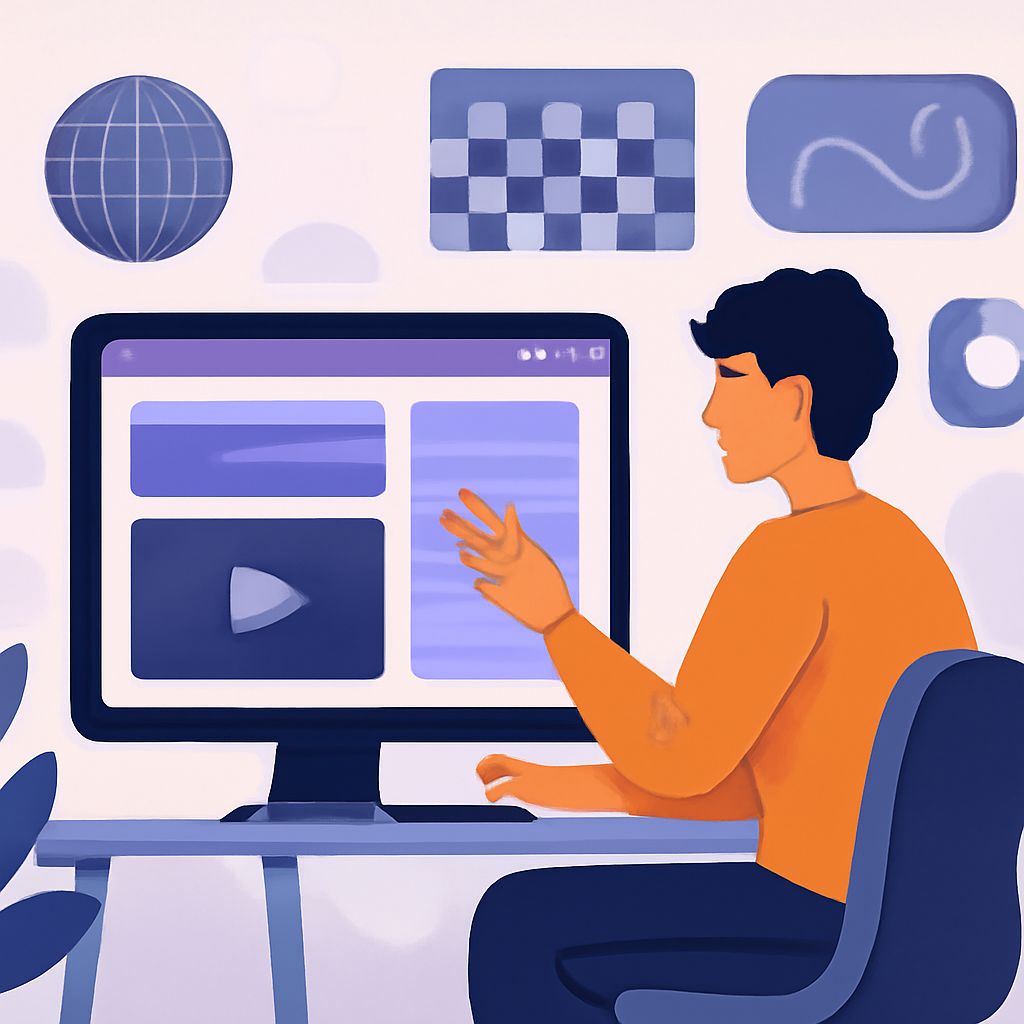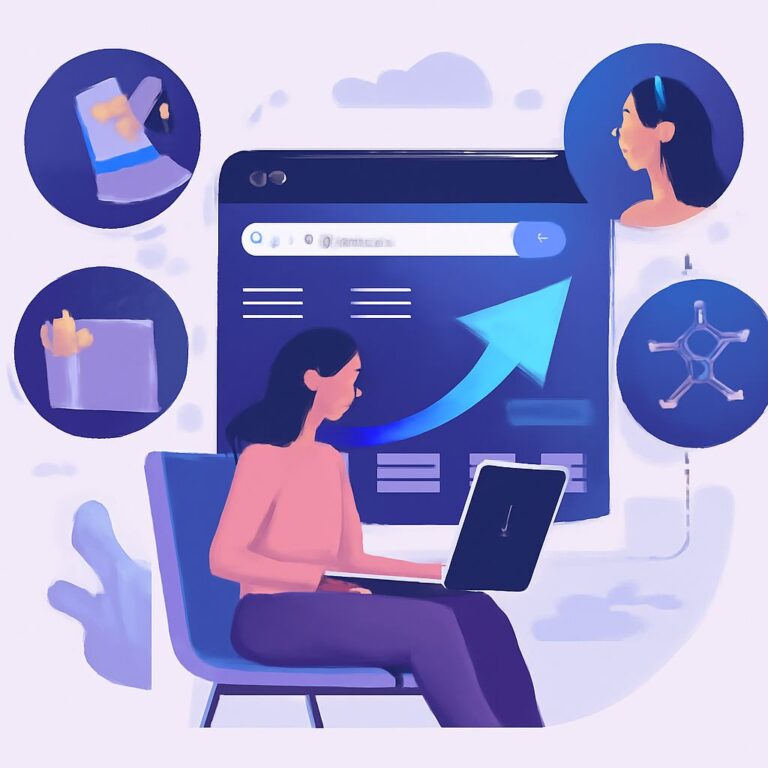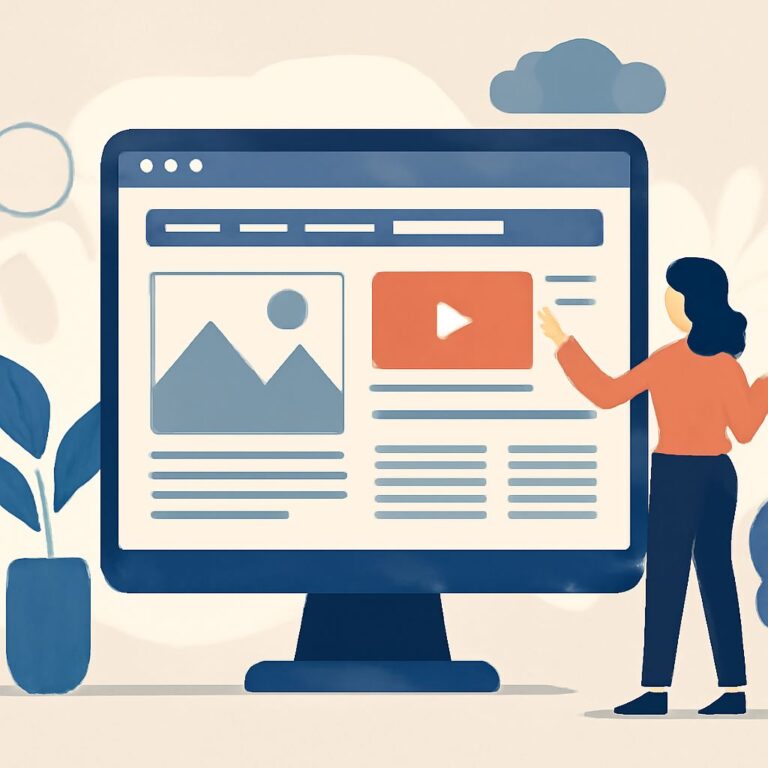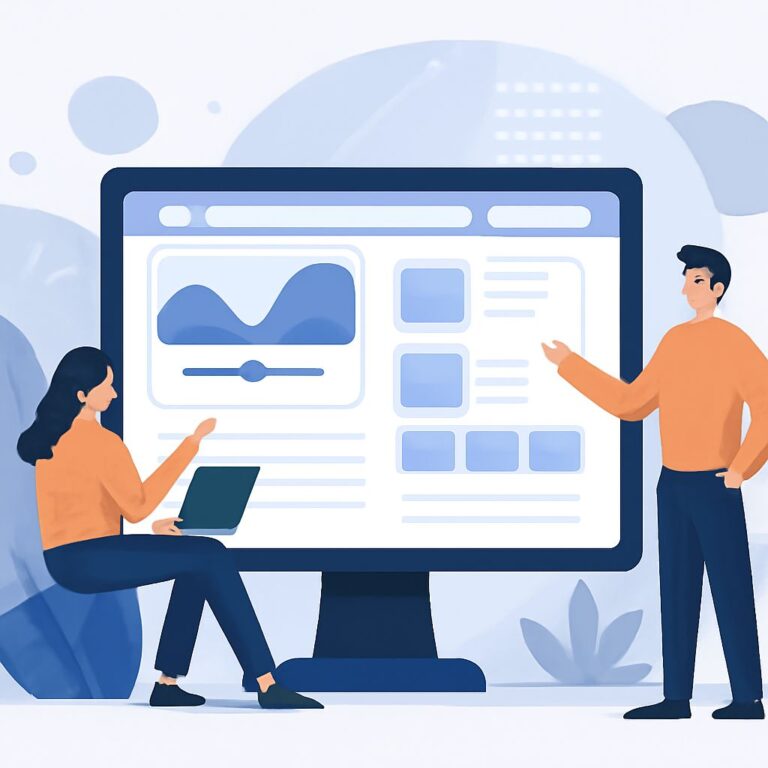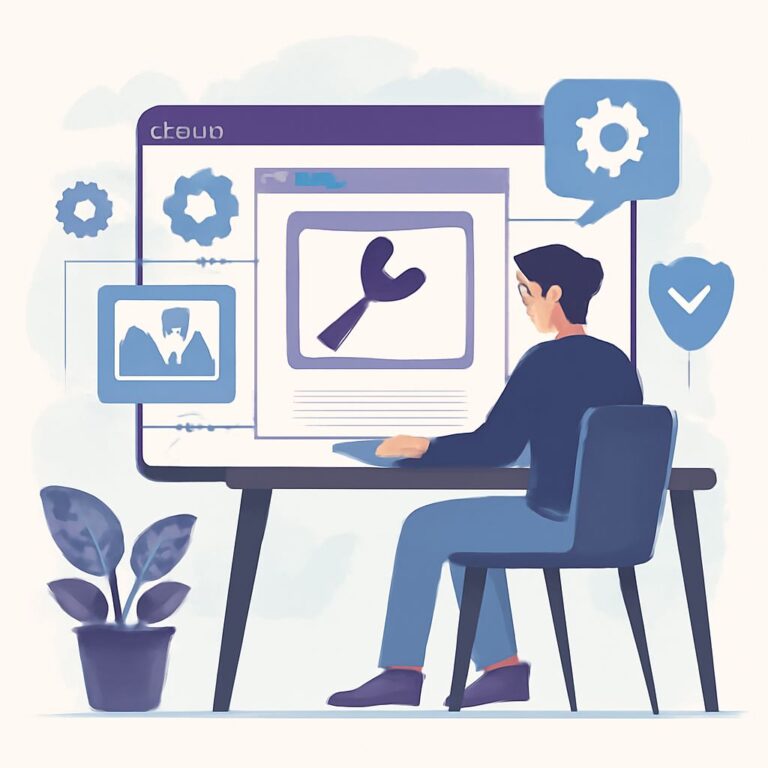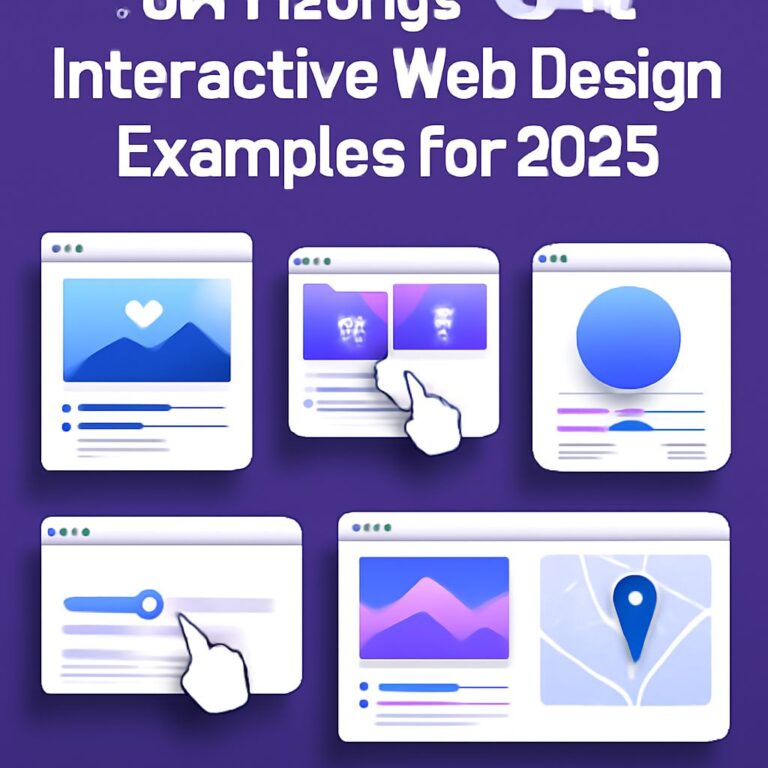Table of Contents
Introduction
The world of web design is continuously evolving, embracing new technologies and aesthetics to improve user experience and engagement. As we move forward, several trends are anticipated to dominate the digital landscape, shaping the future of how we interact with websites and applications. This article explores these key trends, offering insights into what you can expect and how to stay ahead in the industry.
Trend 1: Minimalistic Aesthetics
In a digital era where information overload is common, minimalism stands out as a refreshing approach. By focusing on simplicity and clarity, web designers create interfaces that are not only visually appealing but also user-friendly.
- Reduces cognitive load for users
- Increases focus on essential content
- Enhances site speed and performance
Trend 2: Dark Mode Design
Dark mode has become increasingly popular, offering an aesthetic that is easy on the eyes and capable of conserving device battery life.
- Reduces strain on users’ eyes in low-light environments
- Highlights design elements with striking contrast
- Becoming a standard feature across major platforms and websites
Trend 3: 3D Visuals and Immersive Experiences
Advancements in web technologies now allow for more sophisticated 3D designs and interactive elements that captivate users.
- Creates memorable and engaging user experiences
- Utilizes WebGL and improved graphics rendering
- Supports immersive storytelling
Trend 4: Voice User Interfaces (VUIs)
As voice assistants become more common, integrating Voice User Interfaces (VUIs) into web design enhances accessibility and user interaction.
- Facilitates hands-free browsing
- Improves accessibility for visually impaired users
- Requires consideration of new design dynamics and UX strategies
Key Differences: Current vs. Future Web Design
| Aspect | Current Design | Future Design |
|---|---|---|
| Aesthetics | Flat design | Minimalistic, 3D elements |
| Interaction | Standard clicks/taps | Voice and gesture controls |
| Technology | Static and animated graphics | Immersive and interactive elements |
| Accessibility | Basic adherence to standards | Advanced VUIs and inclusive design |
Trend 5: AI and Automated Design
Artificial intelligence is making a significant impact on web design, allowing for automation and personalization at unprecedented levels.
- AI-powered customization for user-specific content
- Automated design elements reducing manual effort
- Enhanced data analysis for better design decisions
FAQ
What role does minimalism play in future web design trends?
Minimalism helps to focus on core content, reduce load times, and improve the overall user experience by keeping designs simple and functional.
Why is dark mode gaining popularity in web design?
Dark mode is popular due to its eye comfort in low-light settings, energy efficiency on devices, and aesthetic appeal, particularly for highlighting vivid colors and elements.
How are 3D visuals changing web design?
3D visuals provide more engaging, interactive, and realistic experiences that captivate users, thanks to advancements in web graphics technology.
What is the significance of Voice User Interfaces in web design?
VUIs enhance accessibility, provide a new dimension of interaction, and make web browsing more convenient and inclusive for all users, including those with disabilities.
How is AI influencing the web design industry?
AI offers automation, personalized user experiences, and advanced data insights, streamlining design processes and enhancing interactivity.
Conclusion
The landscape of web design is poised to undergo significant transformations as new technologies and design principles emerge. By understanding and adapting to these trends, web designers and developers can create more effective, engaging, and accessible experiences that meet the evolving needs of users. Staying informed and agile is key to thriving in the ever-changing digital space.

